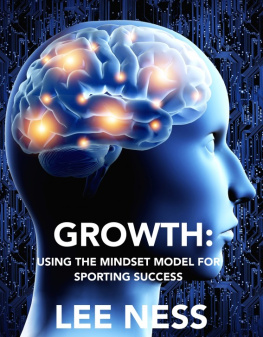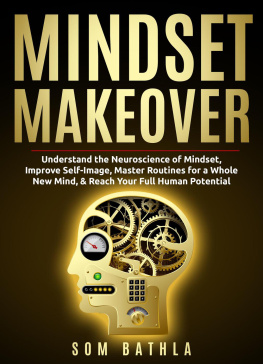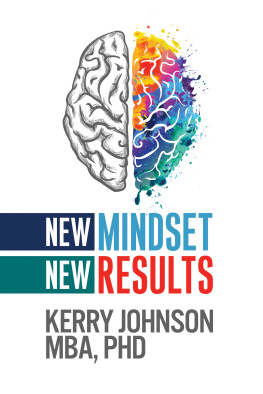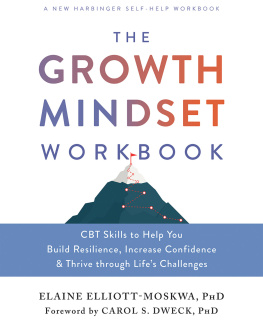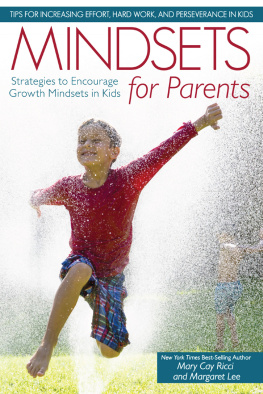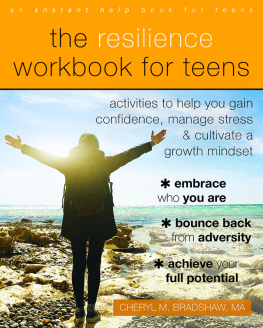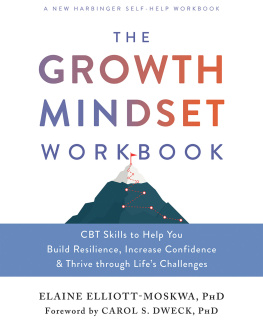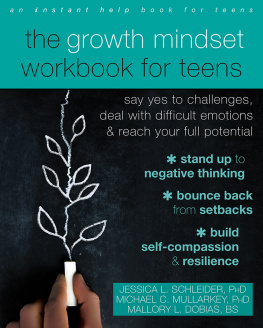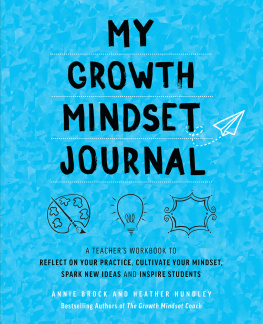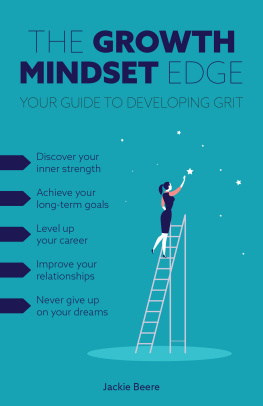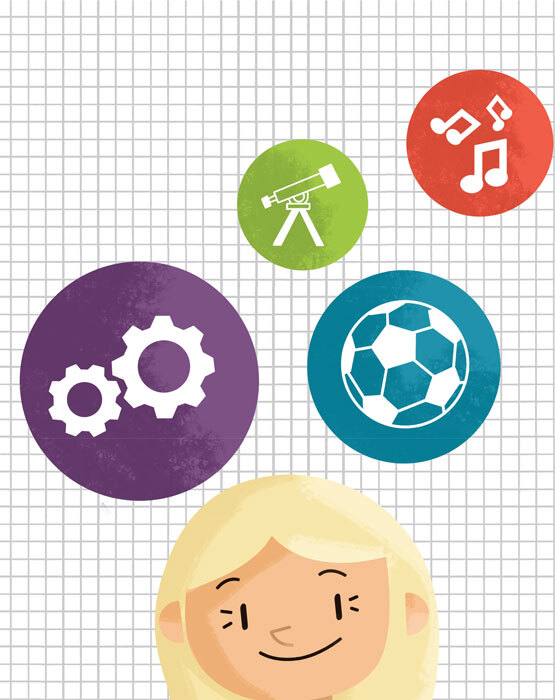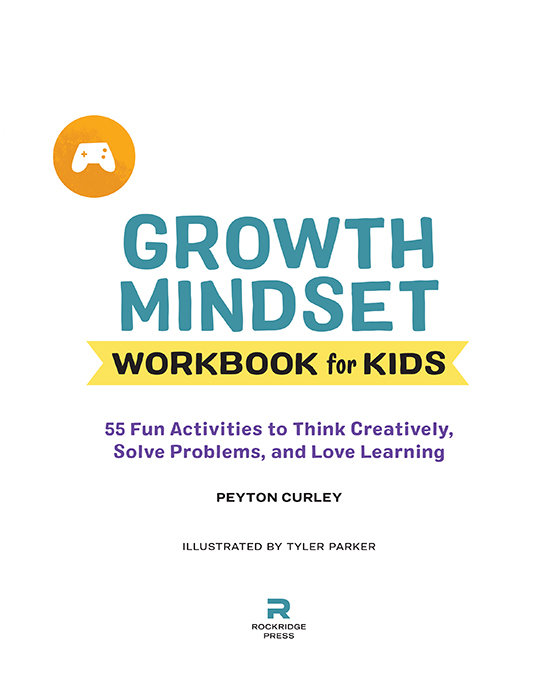Copyright 2020 Rockridge Press, Emeryville, California
No part of this publication may be reproduced, stored in a retrieval system, or transmitted in any form or by any means, electronic, mechanical, photocopying, recording, scanning, or otherwise, except as permitted under Sections 107 or 108 of the 1976 United States Copyright Act, without the prior written permission of the Publisher. Requests to the Publisher for permission should be addressed to the Permissions Department, Rockridge Press, 6005 Shellmound Street, Suite 175, Emeryville, CA 94608.
Limit of Liability/Disclaimer of Warranty: The Publisher and the author make no representations or warranties with respect to the accuracy or completeness of the contents of this work and specifically disclaim all warranties, including without limitation warranties of fitness for a particular purpose. No warranty may be created or extended by sales or promotional materials. The advice and strategies contained herein may not be suitable for every situation. This work is sold with the understanding that the Publisher is not engaged in rendering medical, legal, or other professional advice or services. If professional assistance is required, the services of a competent professional person should be sought. Neither the Publisher nor the author shall be liable for damages arising herefrom. The fact that an individual, organization, or website is referred to in this work as a citation and/or potential source of further information does not mean that the author or the Publisher endorses the information the individual, organization, or website may provide or recommendations they/it may make. Further, readers should be aware that websites listed in this work may have changed or disappeared between when this work was written and when it is read.
For general information on our other products and services or to obtain technical support, please contact our Customer Care Department within the United States at (866) 744-2665, or outside the United States at (510) 253-0500.
Rockridge Press publishes its books in a variety of electronic and print formats. Some content that appears in print may not be available in electronic books, and vice versa.
TRADEMARKS: Rockridge Press and the Rockridge Press logo are trademarks or registered trademarks of Callisto Media Inc. and/or its affiliates, in the United States and other countries, and may not be used without written permission. All other trademarks are the property of their respective owners. Rockridge Press is not associated with any product or vendor mentioned in this book.
Interior and Cover Designer: Lisa Forde
Art Producer: Janice Ackerman
Editor: Samantha Barbaro
Production Manager: Holly Haydash
Production Editor: Sigi Nacson
Illustrations Tyler Parker, 2020
ISBN: Print 978-1-64611-703-1
Ebook 978-1-64611-704-8
R1
To the West End School (Louisville, Kentucky) Class of 2025, for being the fuel for my passion. YOU CAN BE ANYTHING YOU DREAM OF.
Contents
CHAPTER 1
What Does Growth Mindset Mean?
CHAPTER 2
Look at All These Awesome Mistakes!
CHAPTER 3
Be an Amazing Problem Solver!
CHAPTER 4
Get Creative and Keep Trying!
CHAPTER 5
Set Goals, and Then Set More Goals!
CHAPTER 6
Keep Going!
If youre reading this workbook on a touch-screen device, you can add notes and highlight text just like you would in a physical workbook.
Some sections will prompt you to write in answers or personal responses. Its easygive it a try right here: ___________.
With your finger, tap and hold for a few moments on the line above. Depending on the device youre using, an icon such as a magnifying glass will appear. Lift your finger and youll see an options menu. Select Note (or Notes) to add and save your own text. When youre done, an icon or highlighted area will remain, which you can always return to and tap if you want to reopen and read or edit your note.
The same tap-and-hold options menu offers Highlight or Color, which you can select if you want to highlight a passage or check a box. Experiment with it: By swiping your finger before releasing you can select entire sentences or paragraphs. The options menu also offers Bookmark for when you want quick access back to certain pages.
This method is the same on nearly all touch-screen ebook devices, but some have slight variations. If youd like more information specific to the device youre holding in your hands, a quick online search will yield best results.
A Letter to
GROWN-UPS
W hether you are a parent, guardian, teacher, counselor, or other mentor, Id like to thank you for your commitment to furthering the social emotional development of a child. As a former elementary school teacher, I have seen the power that a growth mindset can have in a students life. Ive seen children who were so hesitant to make mistakes that they avoided work become self-motivated, confident, and high-achieving students after learning and applying a growth mindset.
Without the right tools and strategies, many children get stuck in a fixed mindset. A fixed mindset is the belief that our abilities, talents, and intelligence are static: We are either good at something or we arent. This way of thinking is limiting and holds children (and adults) back from reaching their full potential. A growth mindset is the belief that our abilities, talents, and intelligence can grow or change through effort and perseverance. A growth mindset equips children with the skills to work through challenges, set and achieve goals, and think creatively. It boosts self-esteem and encourages educational risks.
This book teaches kids the difference between a fixed mindset and a growth mindset in an engaging way. They will learn the actual brain science behind why a growth mindset works. The exercises in this book are designed to cultivate a growth mindset in children. They address such concepts as learning from mistakes, problem solving through multiple approaches, using feedback, goal setting, positive thinking, and more. The shift from a fixed to a growth mindset isnt easy. It involves risk taking and requires children to try and fail and try again.
Here are some tips for how you can support children through this process:
| Use and encourage language that reflects your own growth mindset. For example, instead of saying, I cant do it to your child, try saying, Im still working on improving. |
| Accept mistakes as learning opportunities. Share examples of your own mistakes and discuss how you were able to learn and grow as a result. |
| Help children regulate emotions. There are a lot of uncomfortable emotions associated with trying new things, making mistakes, and failing. Some simple strategies for regulating these emotions include taking deep breaths, counting to ten and back, going for a short walk, and drinking a glass of water. |
| Give praise for effort, creativity, and problem solving. Recognize growth, rather than just achievement. |
| Familiarize yourself with the brain science behind a growth mindset (covered in ), and remind children as they struggle that their brain is growing and changing. |


